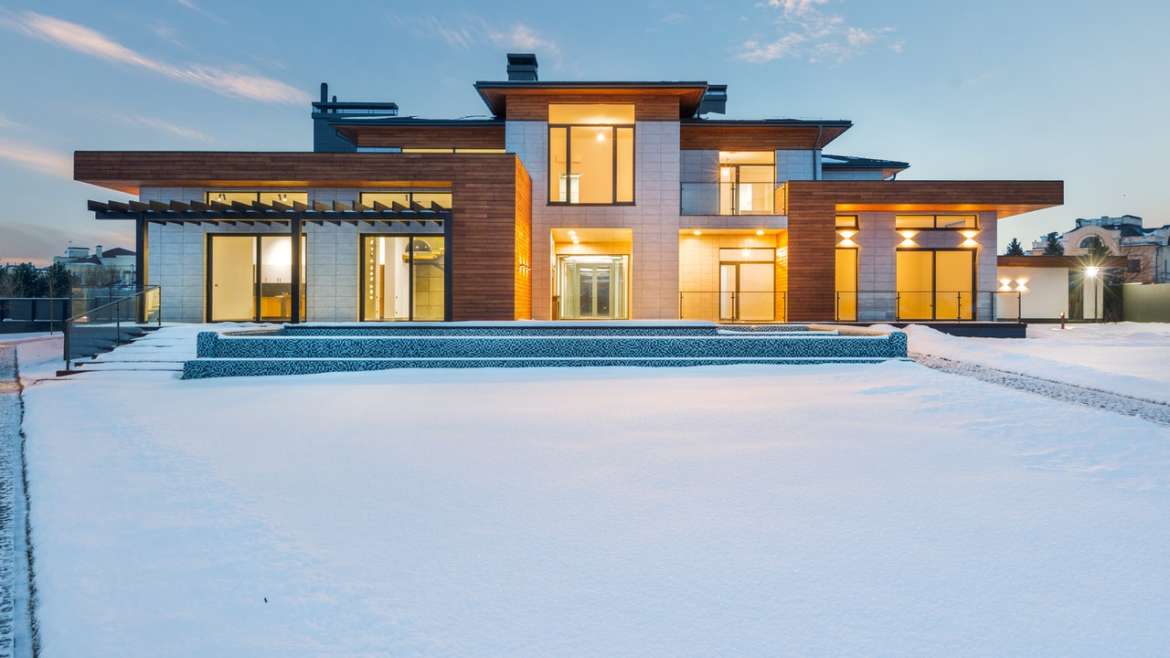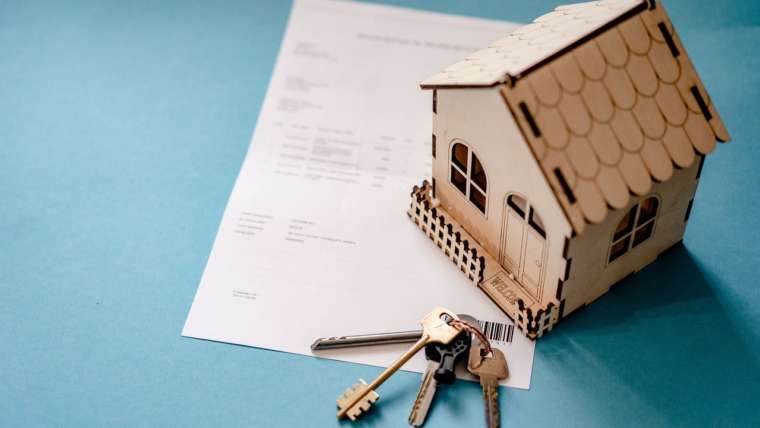The concept is a residential apartment development project where all the apartments are owned and controlled by a single party and leased out to tenants over a specific period. The concept relies on private real estate developers to provide an alternative to the traditional idea of homeownership.
The Concept in UK, USA, and Australia
From the apartment block, the developer will then sell each unit to a tenant who then subsequently lives in the home. The concept is an investment program for the private developer as the apartments are constructed explicitly for the rental market and not for mortgages.
For your apartment block to qualify as a build to rent, the minimum number of units in the apartment block must be at least fifty houses owned and managed by a single individual or group. For example, an apartment block under a BTR model protects tenants from excessive fees and unscrupulous landlords and provides quality homes at an affordable price to many individuals.
The sector has grown and is prominent in the USA and UK, where homes are being built for long-term rental purposes instead of houses constructed for a mortgage. The BTR apartments provide well-managed and high-quality rental apartments that most tenants want.
In the UK, the government has backed up the BTR apartments to eliminate the housing crisis in the National Planning Policy Framework. In addition, the government offers developers tax incentives so that the citizens can receive affordable housing in the form of affordable private rent.
In the USA, a corporate owner builds and leases out an entire community of homes and has them managed professionally. The BTR concept is highly desirable and has been an alternative to traditional homeownership since the 2007 market crisis. The market contains homes for many tenants ranging from single-family to duplexes.
The build-to-rent concept is relatively new in Australia since the traditional approach to housing is preferred. The conventional idea is believed to provide a steady flow of income, better housing conditions, and security of tenure in the rental market.
Australia’s build-to-rent sector is gaining traction as a viable investment option, and private developers are more willing to invest in the industry. The government is implementing incentives and schemes that promote BTR as a potential solution to the affordable housing crisis. However, the government is yet to implement tax concessions to support and encourage BTR apartments.
Broad Characteristics of BTR
- The apartment block is owned, controlled, and managed by a single individual or group. The management is potentially onsite for effective leadership.
- The apartment contains at least fifty self-contained units for purposes of renting.
- The apartment is built and designed explicitly for rental purposes. There may be a shared amenity to be used by all tenants.
- The different units in the apartment are owned by a single entity but are leased as separate units.
- The units are to be leased out to tenants for a specific period. Majorly it is a short period as it is a short tenancy and not a mortgage.
Advantages
- More efficient management – All the units are under the ownership of a single entity, and the administration is potentially onsite; hence exceptional upkeep and on-call services can be provided by the caretaker. Efficient and quick resolution of issues increases the tenants’ confidence and retains clientele for the owner.
- Housing choice – The BTR apartments are built to cater to a large and diverse pool of tenants. Different BTR apartments have units fit for retirement, families, students, or employees. The BTR apartments have a variety to pick from that will suit your needs at every stage of your life.
- Quality houses – Private real estate developers build apartments to rent as a long-term investment, so they must provide high-quality units to gather long-term interest from tenants. They make and sustain top-quality houses, which ensures that tenants rent good-quality houses and receive the best service. The reputation and strength of the private real estate developers depend on the quality of their homes, so they provide high-quality apartments.
- A sense of community – The BTR apartment contains at least fifty units offering a communal space. In addition, the apartment has shared amenities such as gyms, swimming pools, rooftops, and other shared facilities that provide an avenue for tenants to connect.
Disadvantages
- Troublesome tenancy – Short-lived tenancy agreements may be problematic as the management has to deal with the frequent changes in occupancy, which may leave the houses vacant for long periods that they need to cover the costs.
- High operation cost for the management – Maintenance is a central aspect of protecting the value of an apartment. Effective leadership requires an expensive budget that may cost the control and ownership entity significant money.
- BTR apartments do not cater well to families – BTR apartments are primarily for renting, while it makes more financial sense for families to buy houses. Therefore, the private developers need to plan to incorporate more suitable family-size units.
- High rental cost – The rental price is not cheap as the amounts charged in rent are high, which chips at the tenants’ pockets.

